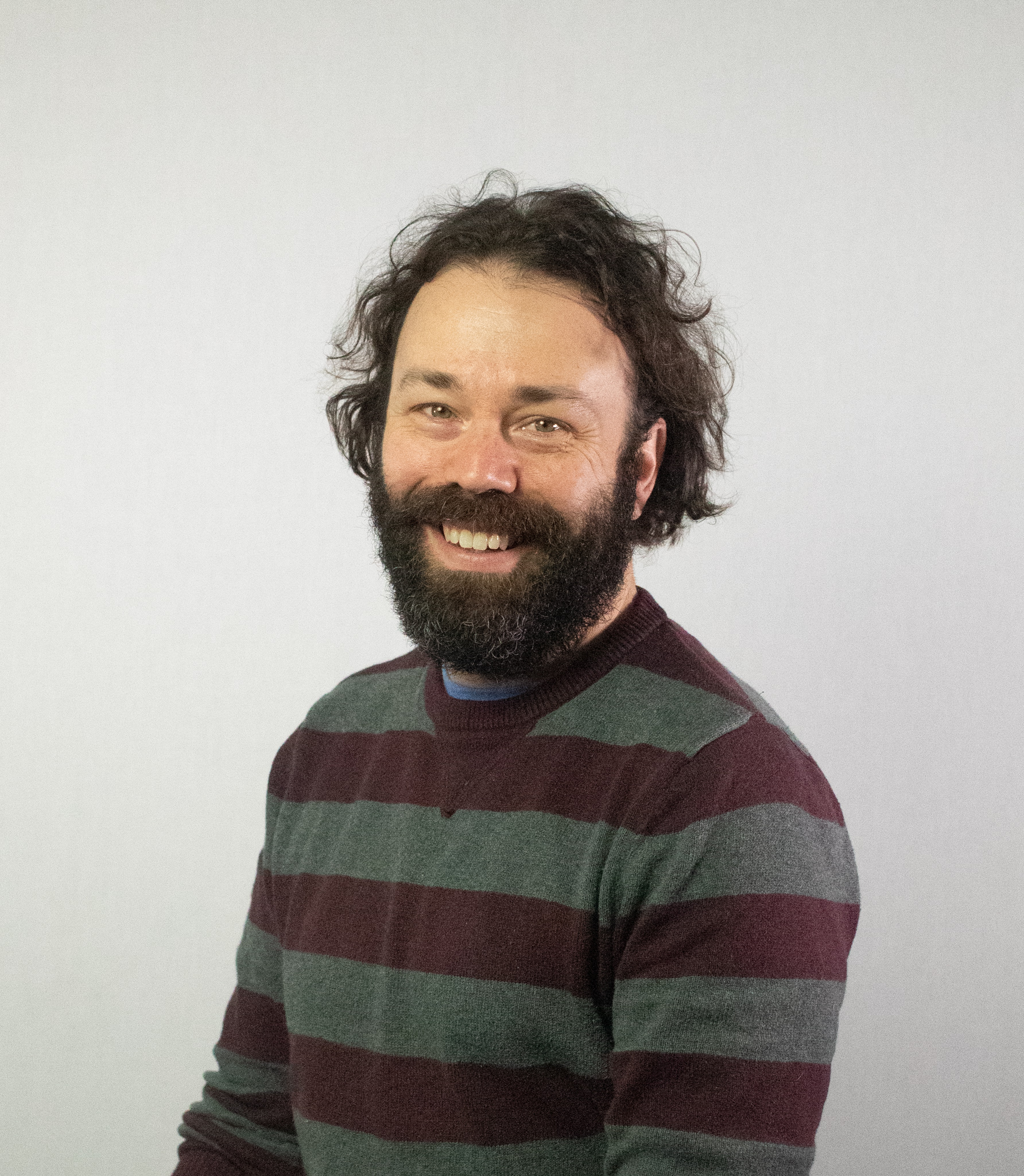By Steve Scaduto
Recently, I had the opportunity to participate in Institute on Disabilities (IOD) at Temple University’s recorded community training module, “Deconstructing Racism and Ableism in the School-to-Prison Pipeline.” The educational videos had me thinking a lot about a class paper I wrote last semester, “Pursuit of Wellness and Well-Being: Does the Definition of Disability Within the Social Model Fall Short of Well-Being for All?” and when I said, “Perhaps the students felt as if they were not believed. I imagine that this lack of support, and perhaps the worriment of not having support, may have caused distress and difficulty being totally present. Many of the students said this affected their sense of well-being – their sense of self (on how they defined their humanity)” (Scaduto, 2020, p.3).
In the 1970s, the organization the Union of the Physically Impaired Against Segregation (UPIAS) set the tone of the social model. Most of its members were white men with spinal injuries or other physical ailments (Shakespeare, 2017, pp. 196-197). According to Shakespeare (2017), when someone does not fit the popular visual of the disabled person, it can limit who gets access to the conversation, especially people with educational and psychological disabilities. Taking this further with the intersection of race – it can become easy for “The classification of people by race or disability [to be] used as a tool for exclusion” (Deconstructing Racism and Ableism in the School-to-Prison Pipeline, 2021).
The examples and stories told by each of the presenters in the educational video highlight the lack of grace given and the violence endured when both race and disability enter the picture. For example, when Stormy Kelsey recounted the story of her younger brother who was not given the opportunity to give his side of the story. Being a young Black man with an invisible disability led back to the discussion of Eugenics – that “…reveals our cultural ideas about which humans are worth living alongside us in our communities and on earth” along with the “…resulted genocide as well as social death” if deemed unworthy (Deconstructing…, 2021).
If students are relegated to a diagnosis – official or assumed – it does not guarantee that they will be treated as full young people with unknown potential. Sometimes our approach to diagnosis — considered a conglomerate of limitations — may unfairly delimit and limit what we think a child can do. It is as if to say, “You are only capable of so much, so do not cross that line.” Additionally, when institutions of education are staffed with police officers instead of social workers, is it possible that the wrong tools are brought to the conversation with children? As Mazzii highlighted several times, officers argumentatively enter a conversation and can/will not see where the student is coming from. The statistics from ACLU show, “Black students are 3 times more likely to be suspended than white students” (2021). And the statistics from Colorlines show, “Kids with disabilities are entering the juvenile justice system 5 times higher than the general population” (Zipper and Hing, 2014).
In the end, the presenters in “Deconstructing…”also built a case for a political-relational model. From looking into the system “…the ‘problem of disability [is] not in the minds and bodies of individuals but rather in the built environments and social patterns that exclude or stigmatize particular kinds of bodies, minds, and ways of being” (Kafer, 2013). Again, who wrote the rules on how and who gets to be human? Who is given grace and who is disregarded or demanded to “do as they are told”? As Dr. Howard Stevenson highlighted in his TedTalk, “Stressful interactions tax the individual’s self-regulation of emotions, physiology, cognitions and voice” (2017).
IOD’s recorded training project should be required viewing for educators and non-educators alike. This training allows one to unpack their own world views and how they may coincide or be opposed to others. The training can be about learning; it can be about being uncomfortable, and it also can be about confirmation. In the end, it is about creating a welcoming environment so that the people around you can define how they want to explore and thrive.

Steve Scaduto
Steve works at the University of Pennsylvania’s Penn Libraries, working closely with members across Educational Technology and Learning Management. Steve creates high-impact, high quality programs that are driven by students and foster evidence of inclusion, diversity, equity, and accessibility while striving to create community. Steve came to Penn from Temple University’s Klein College of Media and Communication, where he advised a diverse population of students on academic, professional, and personal goals as an advisor. He was also the Director of Academic Services and the Minik Writers Studio.
______________________________________________________________________________
References
ACLU. (2021). School-to-prison pipeline. Retrieved from:
https://www.aclu.org/issues/juvenile-justice/school-prison-pipeline/school-prison-pipeline-infographic
Aleong, Shawn, et al. “Deconstructing Racism and Ableism in the School-to-Prison Pipeline: Institute on Disabilities at Temple University, College of Education and Human Development.” 2021. Retrieved from: disabilities.temple.edu/school-to-prison/.
Kafer, Alison. (2013). Feminist, queer, crip. Bloomington, Indiana: Indiana University Press
Scaduto, Steve. (2020). Pursuit of Wellness and Well-Being: Does the Definition of Disability Within the
Social Model Fall Short of Well-Being for All? [Unpublished manuscript]. Temple University.
Shakespeare, Tom (2017). The Social Model of Disability. In L.J. Davis (Ed.). The Disability Studies Reader (5th ed., pp. 195-203). New York, NY: Routledge.
Stevenson, H. (2017, November). How to resolve racially stressful situations [Video]. Ted Conferences. Retrieved from:
https://www.ted.com/talks/howard_c_stevenson_how_to_resolve_racially_stressful_situations?language=en
Zipper, Erin and Hing, Julianne. From disability to criminality. Retrieved 2021, March 18 Retrieved from: https://www.colorlines.com/articles/infographic-disability-criminality